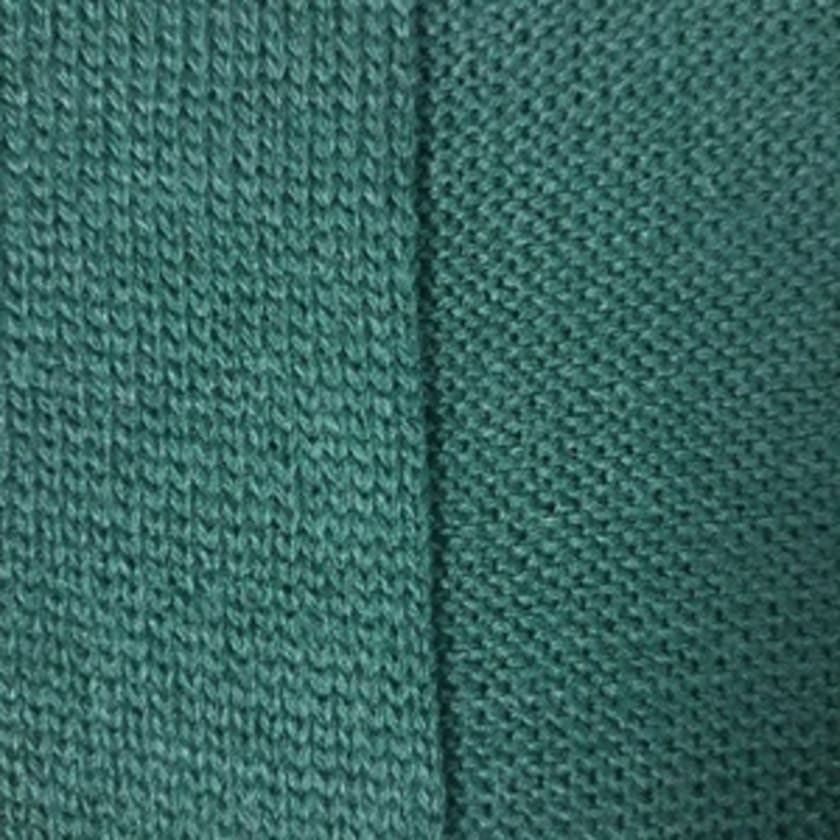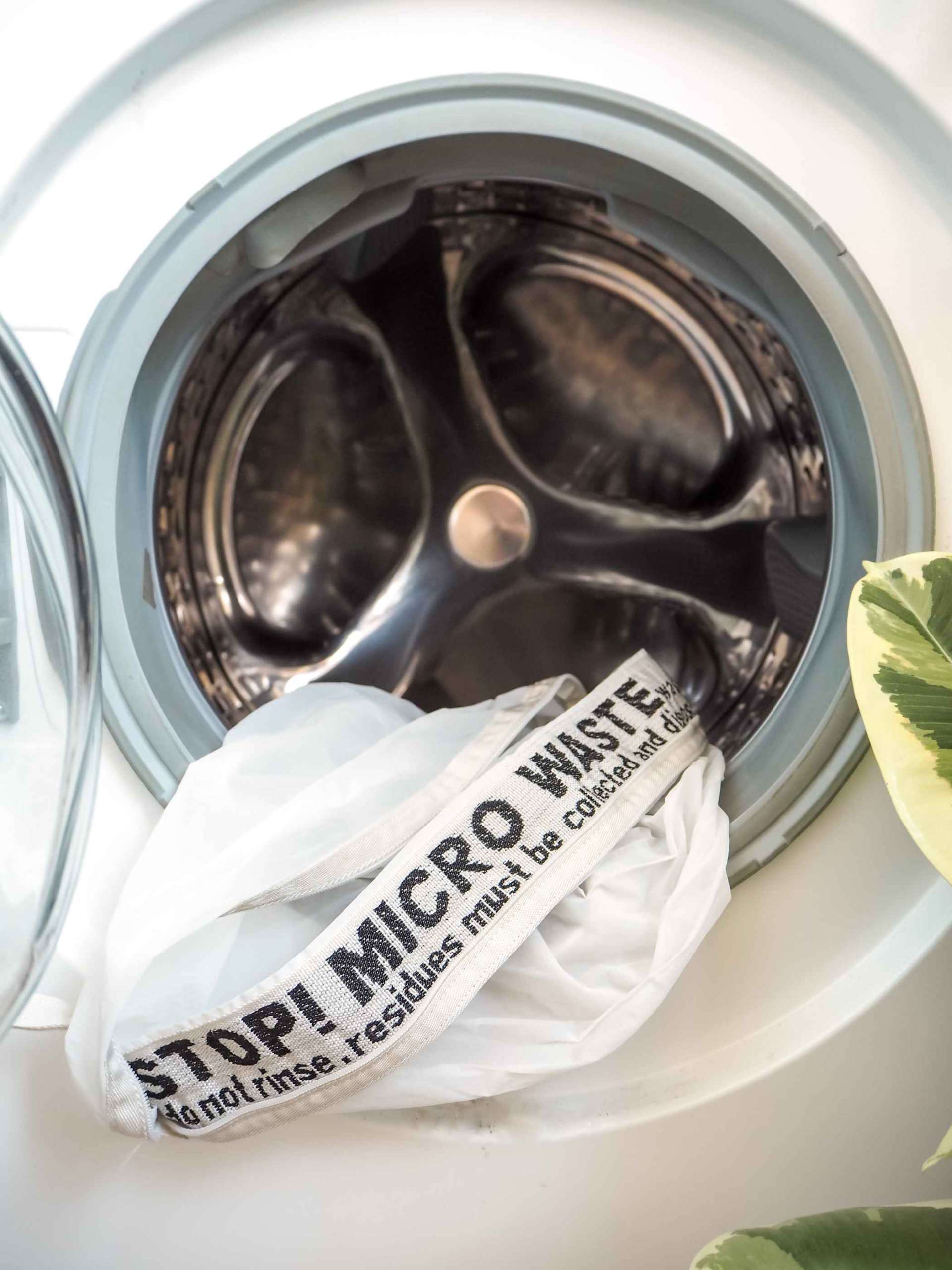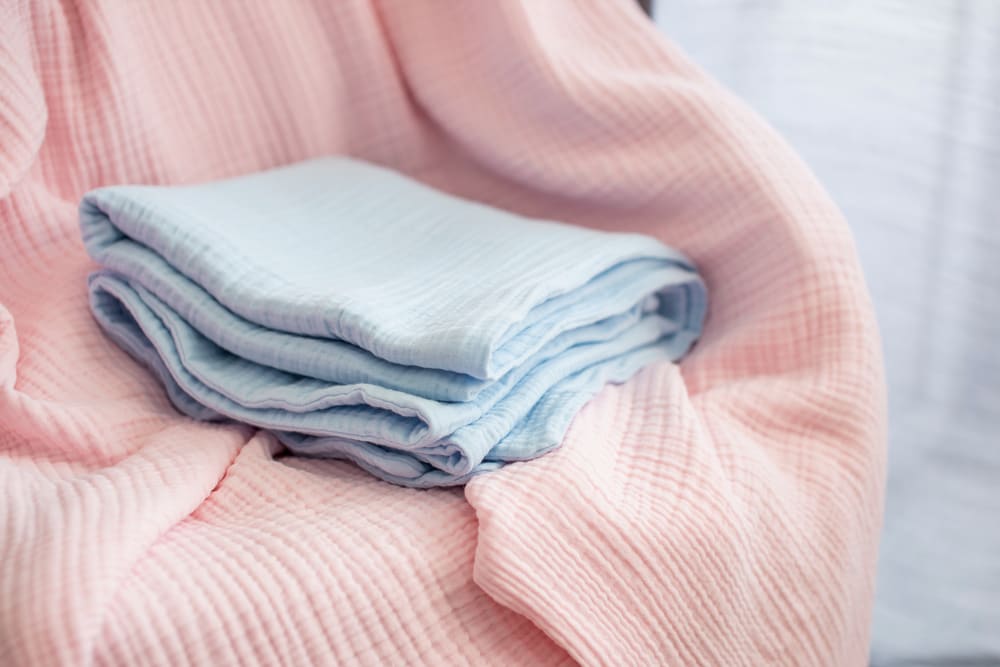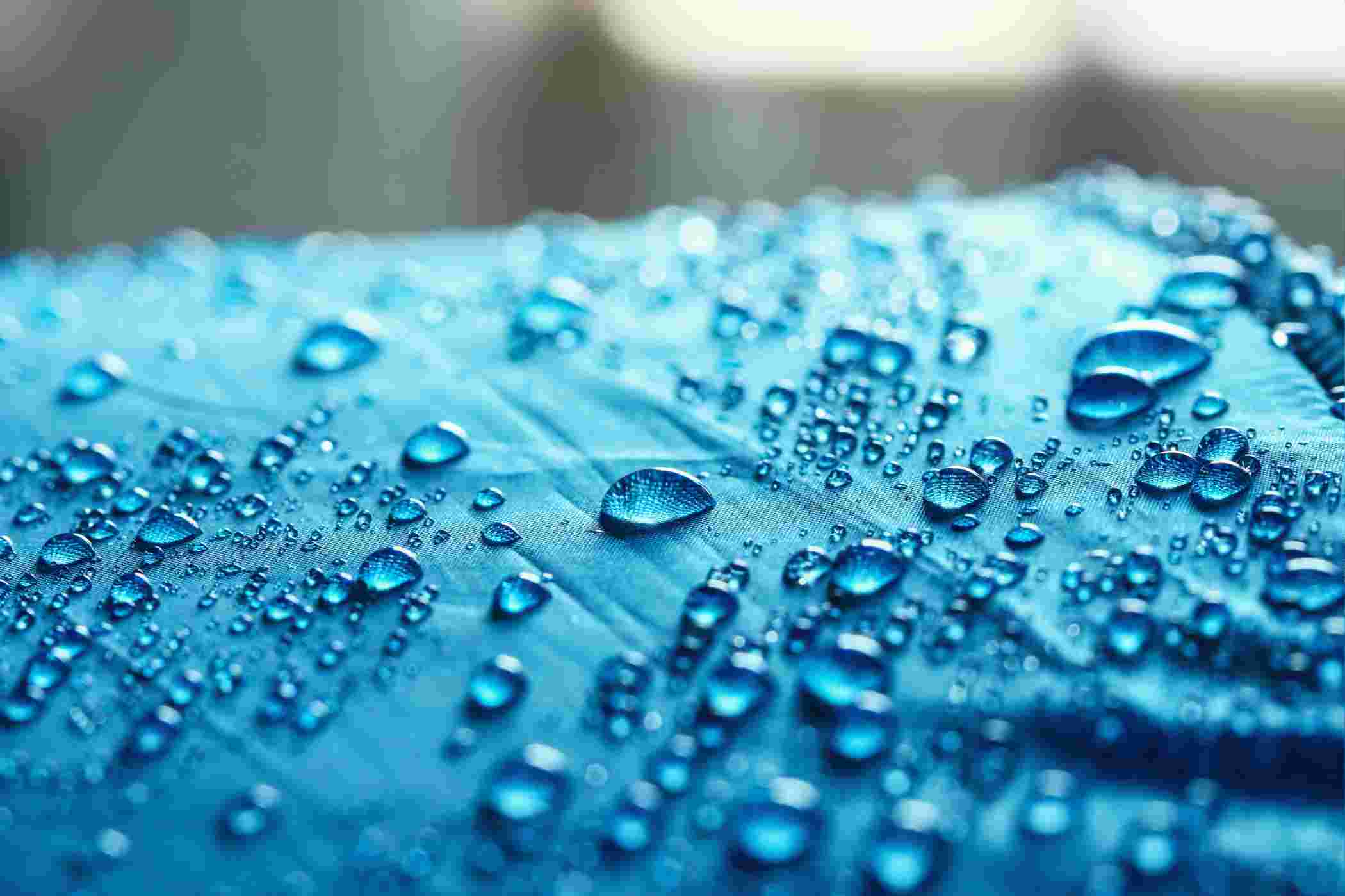Different Types of Jersey Knits: Learn Which Will Work Best for Your Designs



Understanding jersey knits can be quite complicated. Unlike other fabrics, jersey knits are not woven on a loom but are knitted using needles, hooks, and different types of knitting machines. Jersey knits are made using fabrics like cotton, wool, polyester, rayon, and polyamide.
In earlier times, jersey fabrics were only used for men’s clothing. But, Coco Chanel changed this and added clothes made from jersey knits to women’s everyday wardrobe. Today, we can see different types of clothing like mini, wrap, maxi dresses, knit tops, tank tops, jackets, tunics, polo shirts, skirts, trousers, leggings, pajamas, and underwear are made using different types of jersey knits.
There are different types of jersey knits, and they all have different characteristics. That’s what makes it important to choose the right kind of jersey knit while working on your designs, as the fabric can make or break your design. But first, let’s understand what jersey knits are.
What Is a Jersey Knit?
In simple words, jersey is a knit fabric used by clothing manufacturers. Traditionally, it was made of wool, but we can see jersey knits made of cotton, wool, and synthetic fibers these days.
Jersey knit fabrics are knitted using a single set of needles with all loops connecting in the same direction. Jersey is also known as plain knit because it is knitted in plain stitch. Jersey fabric made using two sets of needles are double jersey knits. They are more stable, do not curl at the edges, and are easier to work with.
Types of Jersey Knits
Essentially there are a total of 5 types of jersey knits. They are as follows: single jersey, double jersey, stretch jersey, interlock jersey, and jacquard jersey.
- Single Jersey Knits
Also known as tricot, this type of fabric is woven using a single set of needles. This fabric has a front and backside (face and reverse). This fabric has a four-way stretch because we can often see a bit of elastane mixed while weaving this fabric. It increases elasticity and makes it bi-elastic.
Single jersey is often used to make leggings and T-shirts. One of the main characteristics of the single jersey fabric is that it is very breathable and comfortable to wear for a very long time.
- Double Jersey Knits

The double jersey is knitted using 2 sets of needles. Also known as Ponte di Roma, double jersey is a reversible fabric. That means it can be double face or double reverse. It is more stable than a single jersey fabric, but it stretches in one direction only.
We can see double jersey fabric being used for tailored garments like suits, cardigans, and jackets. It is also used for making leggings, dresses, tops, skirts, and dresses.
- Stretch Jersey Knits
As the name suggests, stretch jersey fabric is very stretchable. And the specialty of th9s fabric is that it remains opaque even when stretched. Elastane is added to the fibers, which makes this fabric stretchy.
This fabric is mostly suitable for sportswear, but it is increasingly being used in t-shirts, sweatpants, and tank tops.
- Interlock Jersey Knits
Interlock jersey knit appears to be a compact, stretchy, and very tight-looking fabric because the knits or stitches are very fine. Interlock jersey is double-faced, which means it has knit stitching on both sides. The specialty of interlock is that its edges do not curl, and it is much stronger than single jersey knit. Interlock jersey knits are easy to use
We can see interlock jersey knit is used for sportswear, t-shirts, polo shirts, dresses, and tops.
- Jacquard Jersey Knits

Just like interlock jersey knits, jacquard jersey knits are also double-faced. This fabric is mostly used to create patterns and other jacquard designs. These designs are not printed but are stitched while making the fabric. It is famous for the detailed work and designs stitched on it, but it is not stretchable.
Jacquard jersey knits make excellent skirts, cardigans, leggings, jackets, and structured tops.
Jersey knits are versatile, and you can create numerous designs and clothing using these fabrics. Oftentimes we can see many fibers are mixed like elastic or Lycra to create a new type of fabric. It is best to understand the characteristics of these fabrics before you start using them for your designs. Check out the stock on Fashinza to start your styling!



















